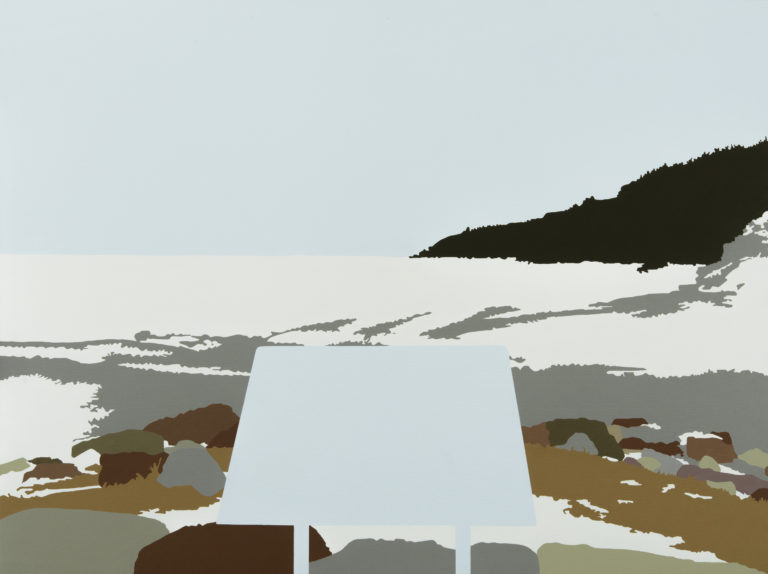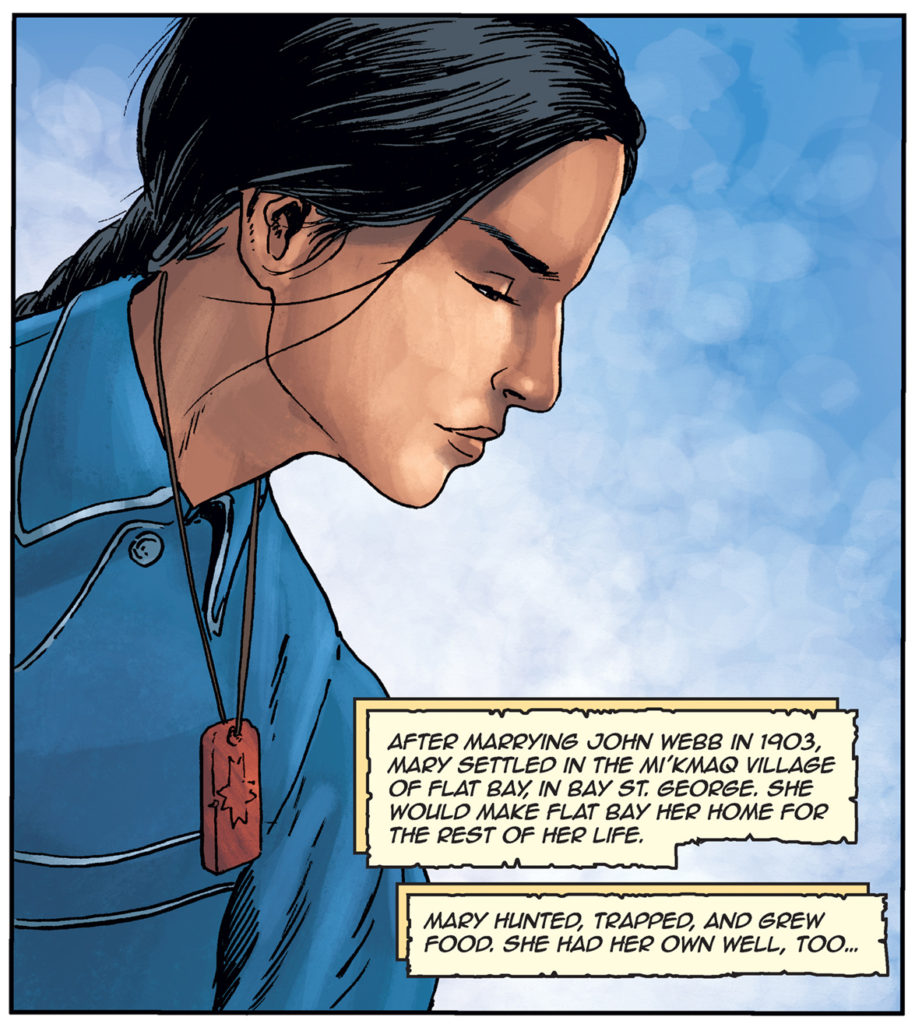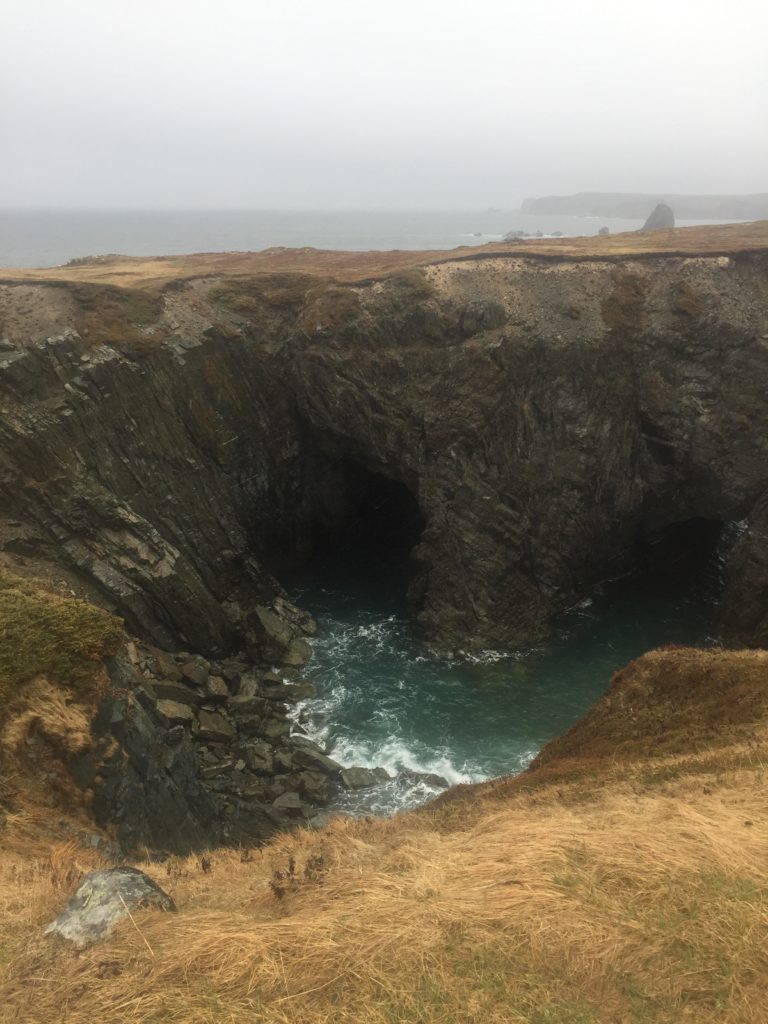Q & A with Poet Lindsay Bird
BY NQ
May 2019
What inspires your poetry?
Maybe it’s a bit of a boring answer, but I definitely draw from the everyday when I write. Poetry, for me, is often a way to decompress and sort out emotions and events I’ve experienced – I try to scribble out stuff in my journal in the evening and empty out my brain. I’m always drawn to human stories – that falls in line with my day job as a journalist – and my work often has a lot of characters in it, and fairly straightforward (to me) storylines. Boom Time came out of the nearly two years I spent living in work camps outside Fort McMurray and working on construction sites. That period of life stuck with me for years, and just wouldn’t leave me alone until I wrote it all down. That’s not to say it’s totally non-fiction. I’d say some of it is half-true, at best, but that blurring of worlds is the beauty of poetry.
Sometimes people ask why I choose to write poetry, and it’s a bit of a mystery, because it doesn’t feel like a choice, in the best way. It’s a compulsion, something that forms in my brain and then demands to be written down. (And then spend a lot of time tinkering with it.)
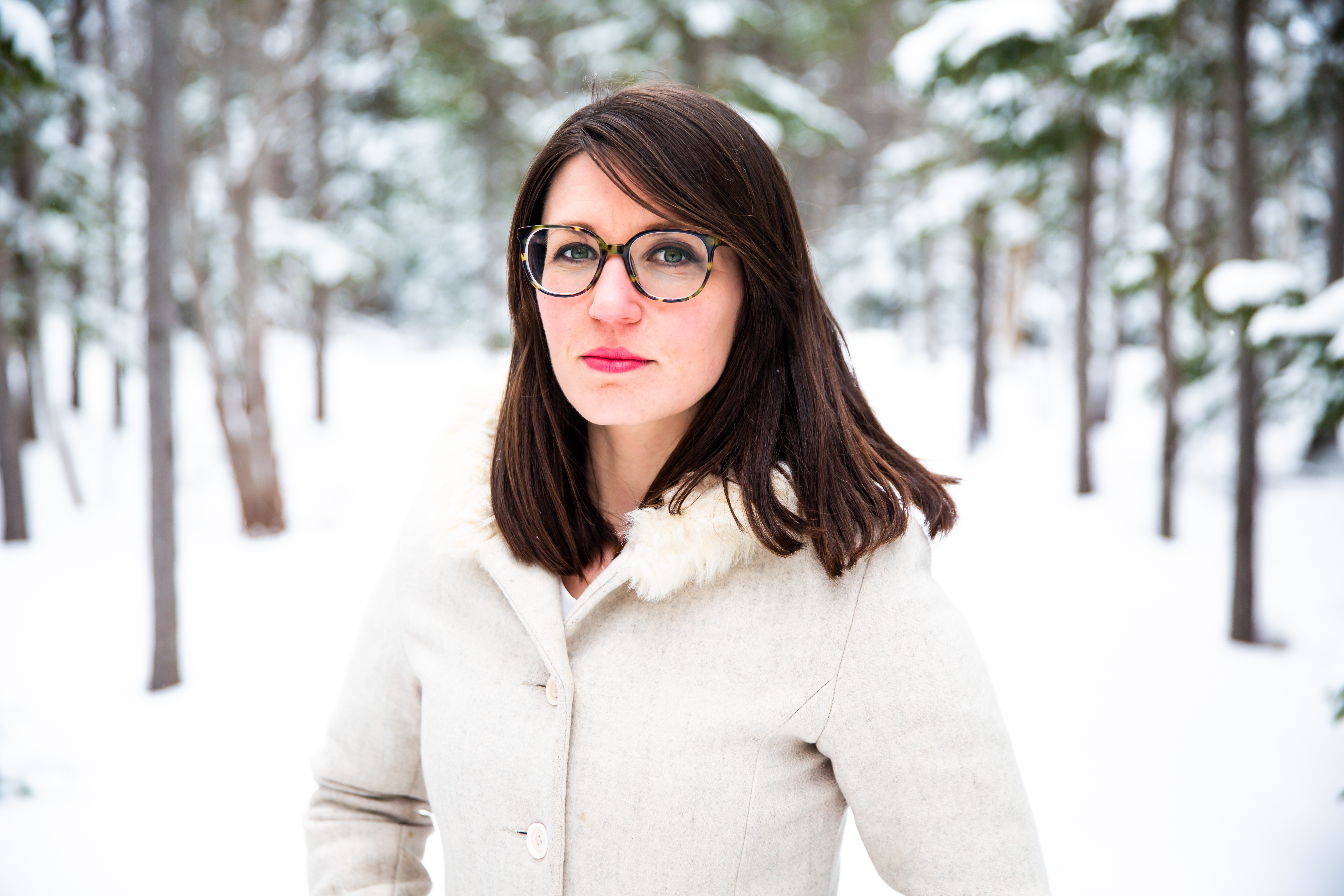
Poet Lindsay Bird
You also work at CBC – how do you find time for your creative writing? Does working in journalism help or hinder your more creative process?
Funny question. It helps, and hinders, in equal measure. On the one hand, I get to write for a living, which is an amazing sentence I repeat to myself whenever feeling low about life. And journalism exposes me to so many walks of life I would probably never encounter otherwise. I’m fairly shy, but somehow journalism gives me license to become a temporary extrovert, and ask people questions and hear their stories in a way I rarely would engage in in my off-hours. Hearing about so many different lives, and trying to relay that information to the larger public, can be a really emotional experience. A lot of stuff never makes it to air – asides, anecdotes, intangible emotions – and in that way can lay the groundwork for some of my poems. In poetry, I can deal with those feelings leftover from being a conduit for other people, and my own impressions and fallout from the day, that have no place in a news report.
Those are all the huge plusses to being a journalist, but the huge challenge is that my reporting and my poetry both use the same brain cells, and journalism always takes precedence (it pays better). At the end of a work day I don’t have any brain power to write, so I find I have the double challenge of trying to carve out time, and mental ability, to write poetry. It’s honestly one of the reasons it took me 8 years to finish Boom Time. I took 7 months off work to finally finish the manuscript.
Do you have a work routine?
I’m in the throes of early parenthood, so routine is elusive at best. When I can scrape together two quiet hours, I take advantage, but right now there’s not much rhyme or reason to it and the amount of time I get to write is frankly far too sporadic. That said, I do make sure my writing space – the upstairs nook of my house, at a small desk by a window looking out over Corner Brook – is clean, stacked with awesome poetry, and always ready to go. And I walk my dog a lot. It’s a great way to think. A lot of poems are composed on the Corner Brook Stream Trail.
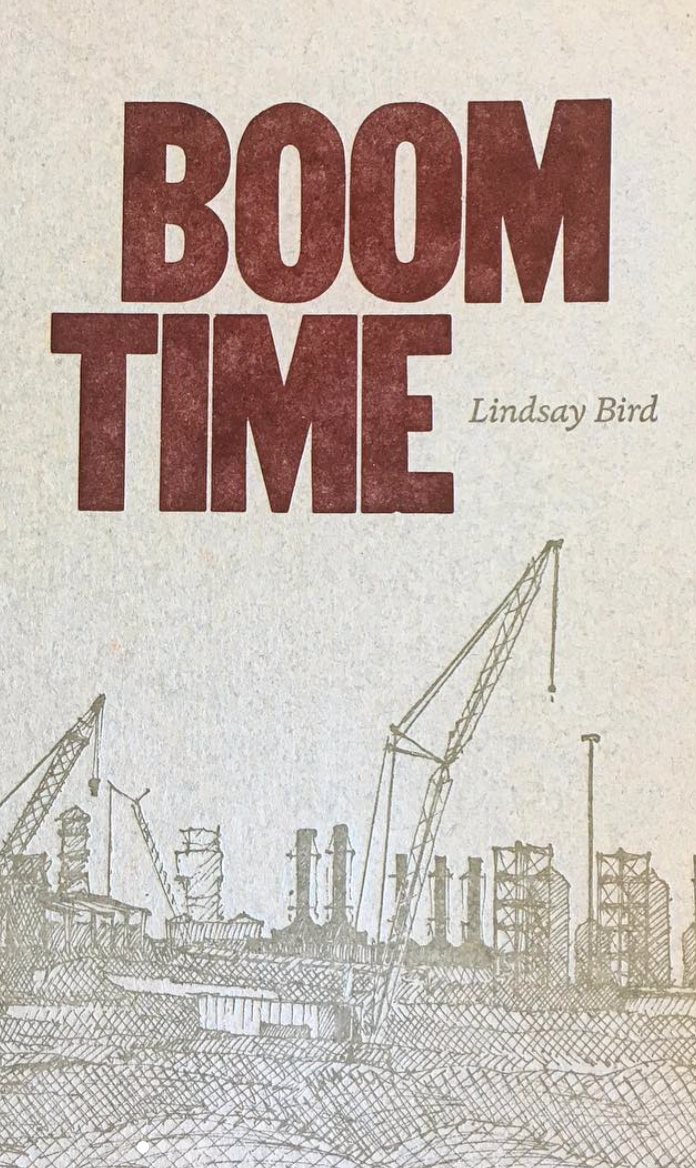
Boom Time (Gaspereau Press, $19.95)
Laptop or longhand?
Longhand first, always. When I have a first draft done, then it goes into the laptop, to be tinkered with until the end of time.
What poets do you read?
All the poets! When I started Boom Time, I discovered the genre of work poetry. I’d never heard of it before. I’m not particularly well-read, I guess. But in that vein, Philip Levine was a huge influence, and his collection What Work Is, that talks about the golden age of the automotive industry in Detroit. I was drawn to Al Purdy, Tom Wayman, and Alden Nowlan for those reasons too, plus Elizabeth Bachinsky and Jamella Hagen who both offer a different take on clear, plainspoken poetry with [a] very distinctive female voice.
These days I read indiscriminately, and as much as possible. With a toddler, that doesn’t add up to much, but poetry is great in its ability to be consumed in small amounts. Monica Kidd’s new collection Chance Encounters With Wild Animals, Ocean Vuong’s Night Sky With Exit Wounds. I also have Karen Houle’s During, which is currently overdue from the library, but am having trouble parting with. (Apologies to the library.)
Oh, and just last year I discovered John Steffler’s The Grey Islands – such a great collection of linked poems, about a mainlander contending with nature and isolation on the Great Northern Peninsula, and I try to make everyone I meet read that.
What artists, not necessarily writers, inspire you?
I love photography. Robert Frank is my all-time favourite; I’ll never get tired of his work The Americans, his photographic journey across the States documenting the everyday in the 1950s. (Google “Elevator – Miami Beach, 1955”.) Next to him, Neil Rough is my favourite photographer out there. His American street portraits mix plain and strange in equal measure. And another visual artist I adore is Jerry Ropson, Pollard’s Point’s finest. He often reflects rural Newfoundland through this magical, evil, and really funny lens. It’s so many contradictions.
What artists, not necessarily writers, would you like to see receive more attention?
Annick MacAskill is an amazing poet based in Halifax, and I feel everyone should be reading her debut collection, No Meeting Without Body. It’s got this gauzy, dreamlike quality to it that’s hard to shake. In that vein, Stephanie Weirathmueller, a painter based in Fredericton, has an eye for getting that gauzy quality of life onto canvas.
What’s your next project?
I never thought Boom Time would get published. I’d pretty much thrown in the towel a year ago after it got rejected from many, many publishers. As I was sending it out to a few final places (and decided, what the hell, may as well aim for the moon with Gaspereau Press) I moved on to a new collection, although it didn’t start out as a conscious effort. I became a mother as my friend was dying of cancer, and I’ve been writing about those interwoven experiences a lot, and it’s started to form a collection about three women – my daughter, my friend and I. That could turn into something, although I hope it doesn’t take 8 years to do so.
Lindsay Bird’s Boom Time will be launched at Broken Books in St. John’s on Thursday May 30 at 7pm.

